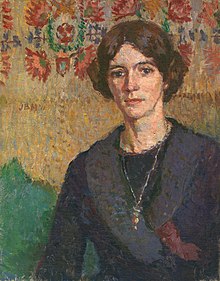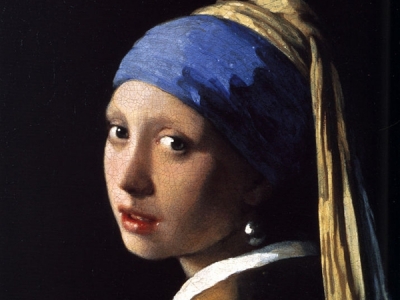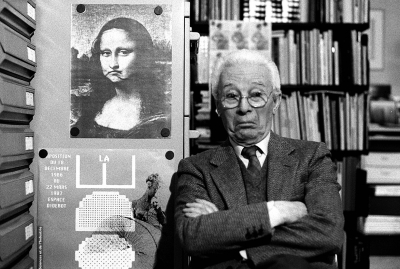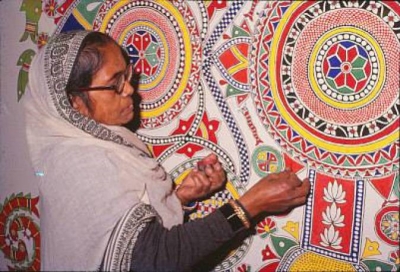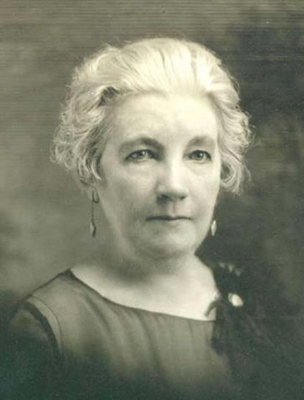
With its endless grasslands and a slow pace of life, it may appear like nothing much happens in the prairies, the golden wheat-covered land in the middle of the U.S. But reading author Laura Ingalls Wilder’s “Little House on the Prairie” reveals that there is more to this heartland than what catches the eye.
Her semi-autobiographical books set in the period between 1870 and 1894, capture the life of the pioneers, the first people to settle in the frontiers of North America.
Who were the pioneers?
Many of the pioneers were farmers, who embarked on a long and arduous journey (of about 3,200 km) to take advantage of the U.S. government’s offer to homestead land in the Midwest. Homesteading was a scheme launched to develop millions of acres of tribal land.
People left behind their family and friends as they made their way to the Midwest. Days and even years were spent on the road, travelling the length and breadth of the country in tiny wagon carts. Often the pioneers were attacked by Native Americans, who were upset about losing their land.
Wilder belonged to one such pioneer family. And though life was hard, Wilder and her family found happiness in little things such as making homemade toys and treats for Christmas, going on their first trip to town, and bringing in the harvest.
Fear of eviction, a bad harvest and ruined crops often forced the family to change towns. They moved from Wisconsin to Kansas and then to Minnesota and lowa, before finally settling down in De Smet in South Dakota.
Despite all the hardship, Wilder and her sisters felt safe and warm in their little house. And years later, Wilder drew upon these happy childhood memories to paint a beautiful portrayal of the American frontier.
A feminist
At a time when there were not many job opportunities for women, she broke the glass ceiling by taking up multiple jobs, including in traditionally male-dominated fields. To help her family make ends meet, Wilder worked as a teacher, dressmaker, and even in a financial institution that lent money to the farmers.
Her writing career started when she took on the position of a columnist and editor for a local publication, the Missouri Ruralist. Her column, “As a Farm Woman Thinks” made her a favourite among the local farmers. She wrote on diverse topics from home and family to current affairs and travel.
“Little House on the Prairie” books
In the 1930s as America descended into the Great Depression, Wilder wrote “Little Big Woods”, the first of her “Little House on the Prairie” books. But did you know that her first manuscript was rejected by every publisher she approached? In fact she was even told that writing for children was a waste of time. But she did not give up and boldly continued writing. The “Little House on the Prairie” series consists of eight books based on Wilder’s childhood experiences. Some of the best books in the series are “Little Big Woods”, “Little House on the Prairie”, and “On the Banks of Plum Creek”.
“Little Big Woods” is about four-year-old Laura who lives in a log cabin on the edge of the Big Woods of Wisconsin. Adventures of Laura and her family continue in the third book “Little House on the Prairie” as they travel to Kansas in their covered wagon until they find the best spot to build their little house on the prairie. In “On the Banks of Plum Creek”, the family is forced to leave their prairie house and settle in a little house made of sod on the banks of beautiful Plum Creek.
Popular adaptations
The “Little House on the Prairie” series appealed to different generations of readers around the world.
- TV show: In 1974, the series was adapted into a television series by NBC. It ran for nine seasons until 1983. It bagged 17 Emmy and three Golden Globe nominations along with two People’s Choice Awards. It even won two Western Heritage Awards.
- Mini-series: The series was adapted into a mini-series by Disney in 2005. Directed by David Cunningham, the television series is a faithful adaptation of Wilder’s semi-autobiographical novels.
OH REALLY?
- Wilder is related to the former U.S. President Franklin Delano Roosevelt and astronaut Alan Shephard.
- Wilder’s daughter Rose convinced her to write the “Little House on the Prairie” books and even helped edit them.
- Wilder was 65 when the first book in the “Little House on the Prairie” series was published.
- The Laura Ingalls Wilder Award honours children’s authors and illustrators. Maurice Sendak and Dr. Seuss are among its recipients.
Picture Credit : Google

